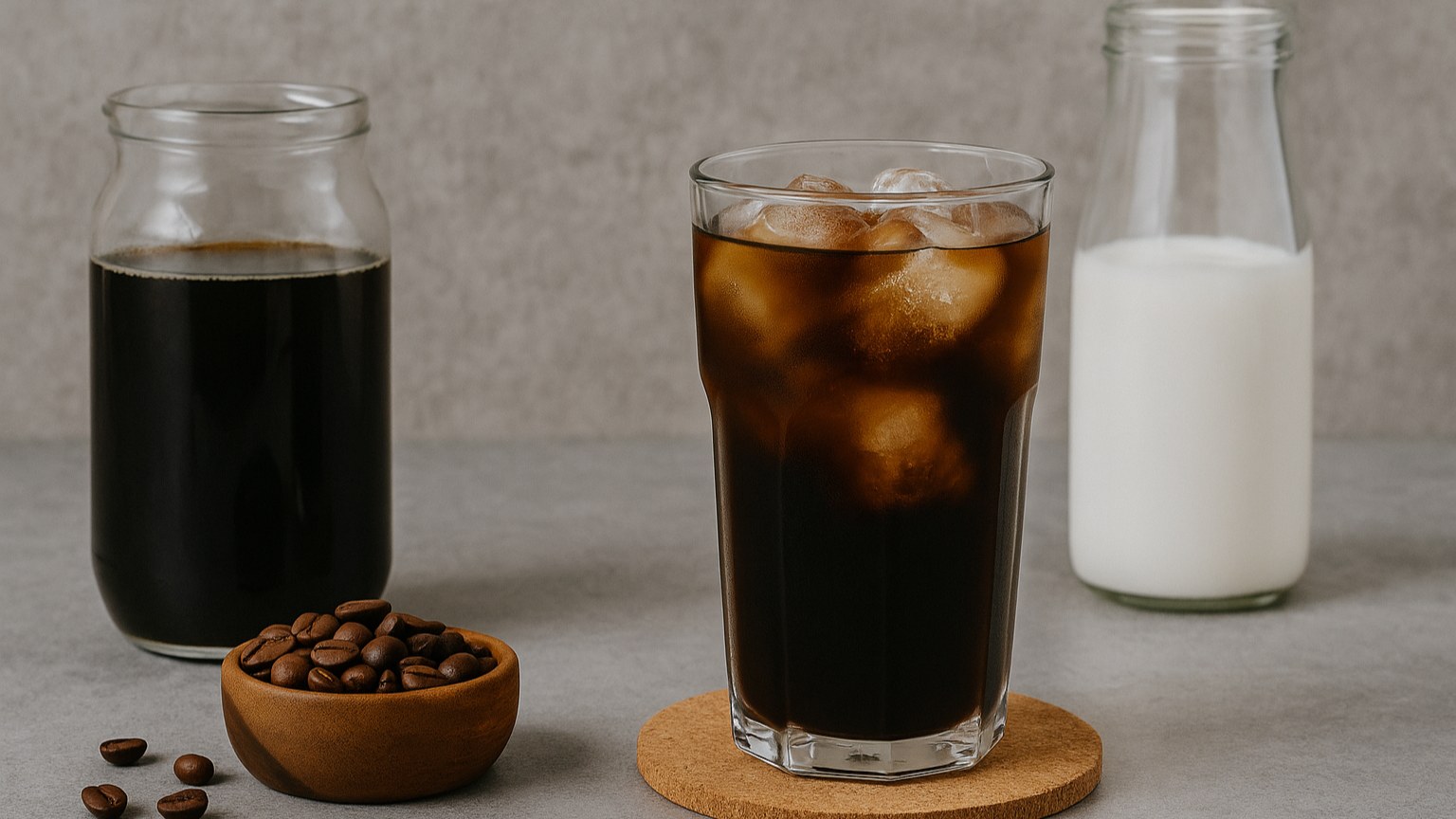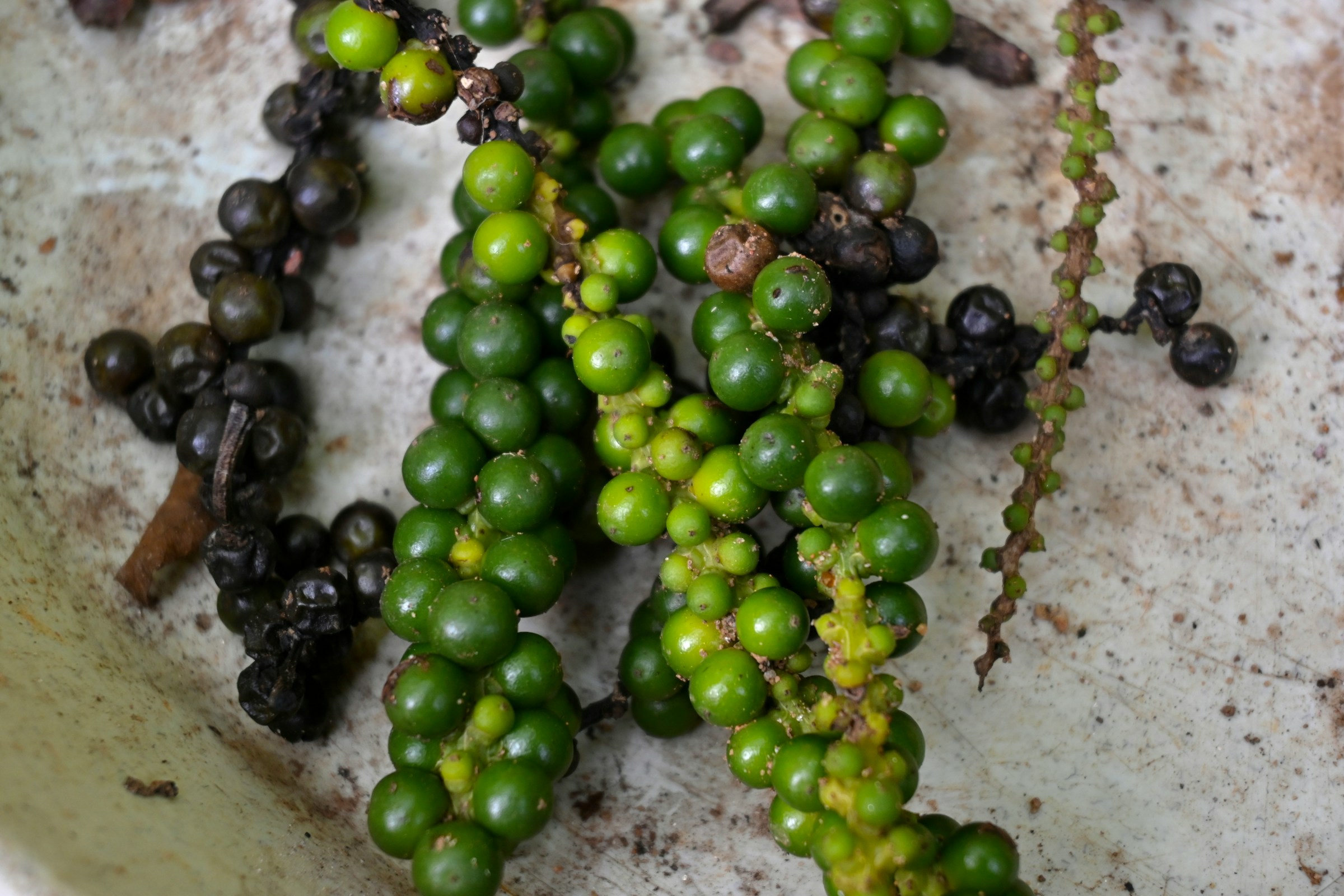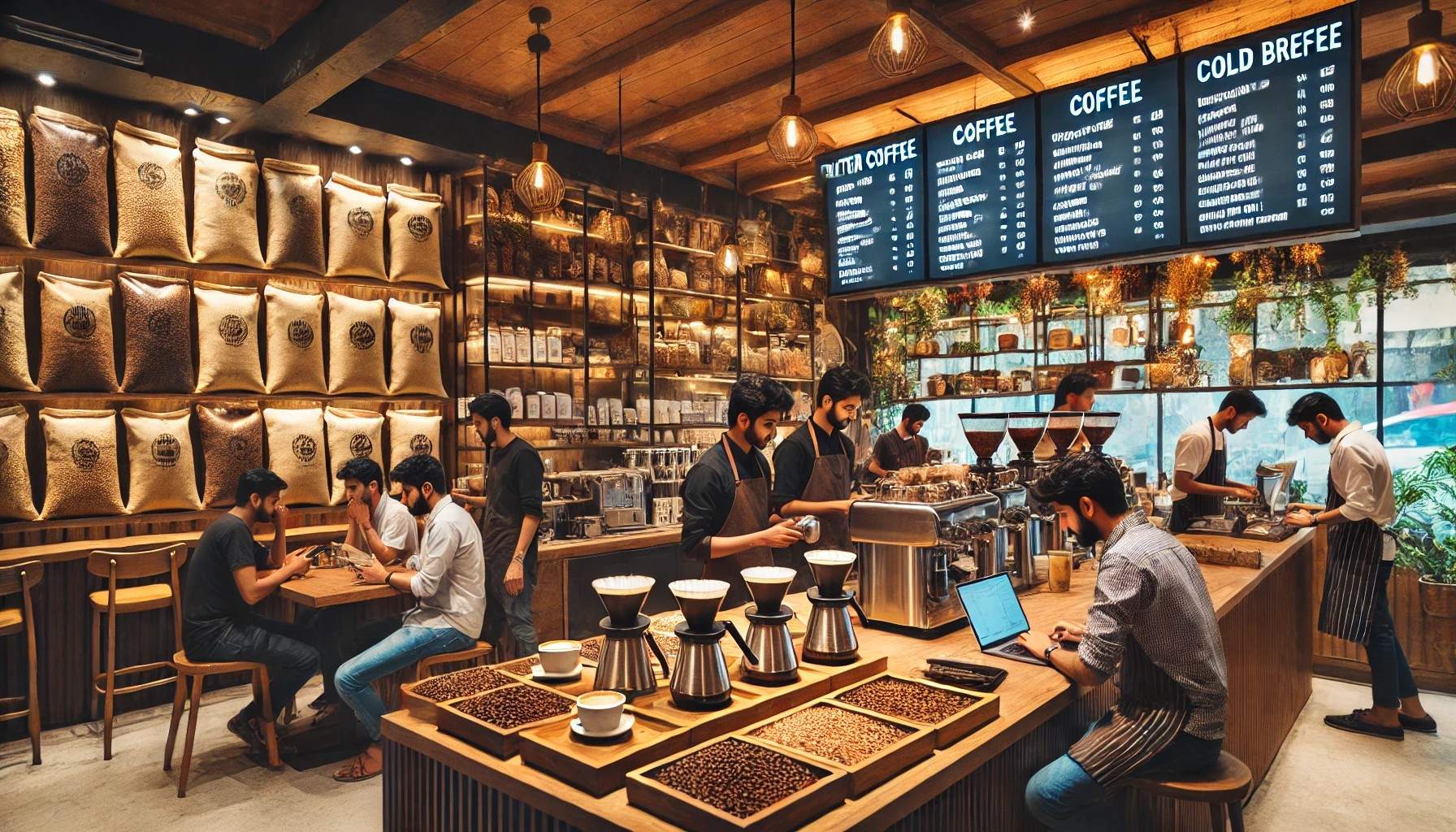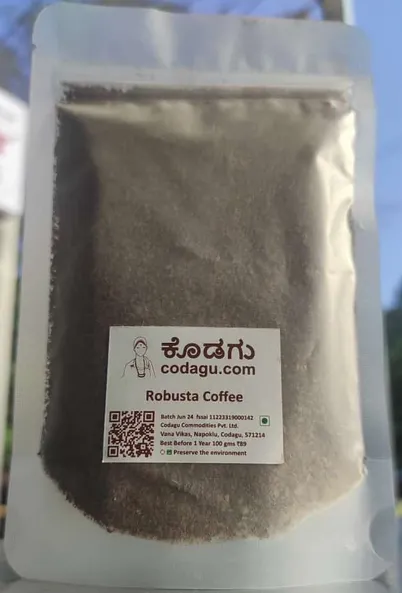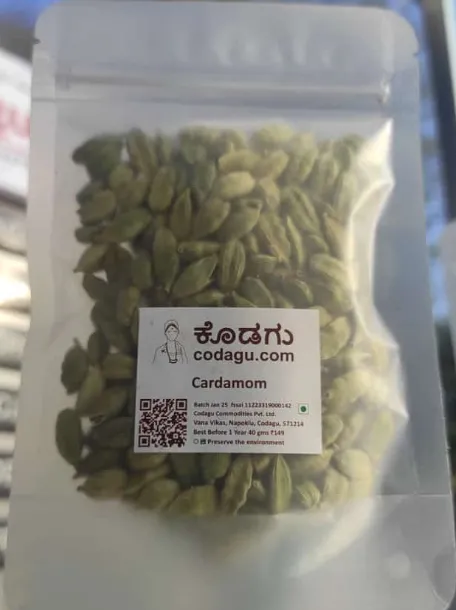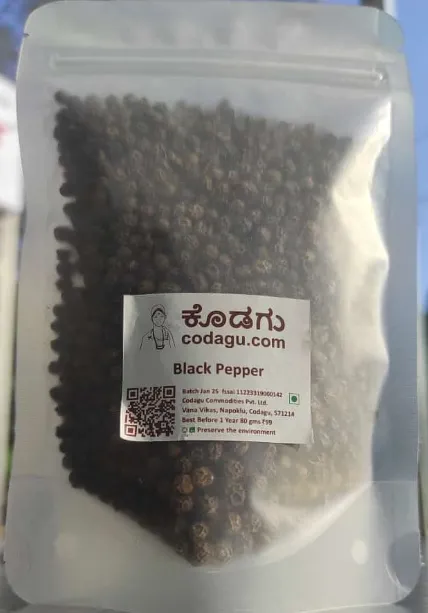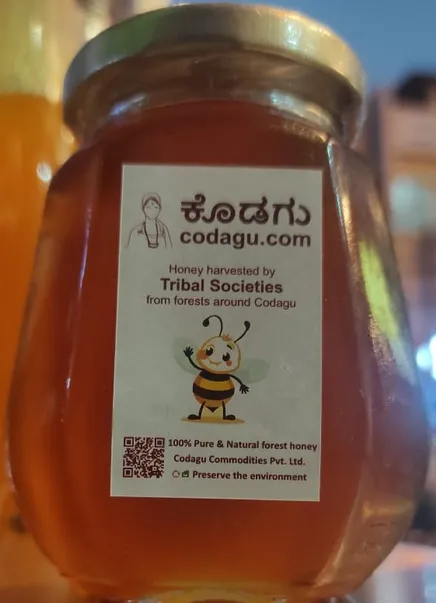The life of a coffee bean
The life of a coffee bean begins on a coffee farm or plantation, where the coffee plant (aka Coffea) is grown. The coffee plant is a small evergreen tree or shrub that produces small white flowers and red or purple berries. Inside these berries are the coffee beans that we know and love.
The coffee beans are typically hand-picked or sometimes harvested using mechanical methods. Once picked, the beans are then processed to remove the outer layers of the berry. This can be done through a dry or wet process, depending on the method used by the farmer.
After processing, the beans are then sorted and graded based on size, shape, and quality. The best beans are then packaged and shipped to coffee roasters around the world.

Once the beans arrive at the roastery, they are carefully roasted to bring out their unique flavors and aromas. Different roasts (light, medium, dark) will produce different flavor profiles. The roasted beans are then packaged and shipped to coffee shops and retailers, where they are sold to consumers.
Finally, the beans are brewed at home, or by baristas to make the perfect cup of coffee, and enjoyed by coffee lovers around the world. The beans that don't make the cut, are used for instant coffee, or other products like coffee grounds for gardening and other non-food related uses.
The life of a coffee bean can vary greatly depending on the region it's grown, the farming practices used, and the specific variety of Coffea. The climate of Codagu (Kodagu or Coorg) is ideal for coffee plantation and the coffee grown in Codagu is considered a highest quality.

